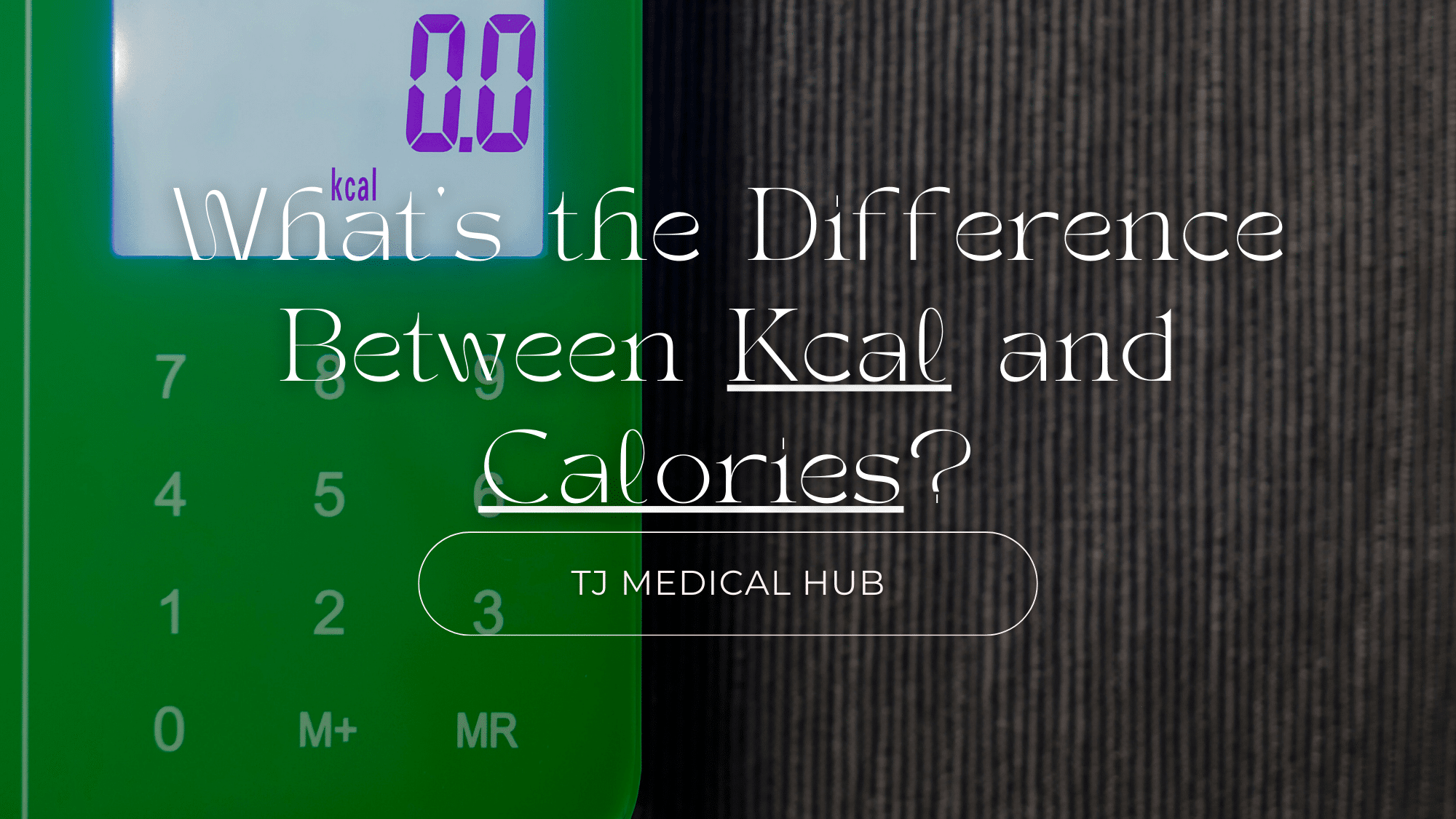“Calories” and “kcal” are commonly used interchangeably, denoting the same unit of energy. Kilojoules, however, require conversion. The terminology employed can vary depending on geographical location and serves as a metric for quantifying energy. It is utilized to express the energy content in both food and beverages. Scientifically, 1 kcal or kilocalorie is equivalent to 1 large Calorie or 1,000 calories, representing the energy expended during exercise.
Kcal vs Calories: What’s the Difference?

The terms “kcal” and “calories” are often used interchangeably, but there is a distinction between them.
Calorie (cal)
Originating from the field of physics and chemistry, the calorie is a fundamental unit of energy. Specifically, it signifies the quantity of energy needed to elevate the temperature of one gram of water by one degree Celsius. This precise definition makes it a crucial measure in scientific experiments, particularly those involving heat and thermodynamics.
In the realm of nutrition, however, the term “calorie” often takes on a different magnitude. When individuals speak of “calories” concerning food, they are typically alluding to kilocalories. This adjustment is made for practical reasons, as the energy content of the foods we consume is usually in the order of hundreds or thousands of cal. Hence, the convention is to express these values in kcal, where one kilocalorie is equivalent to 1,000 calories. This simplification facilitates more manageable and meaningful discussions about the energy content of our diets.
Kilocalorie (kcal)
In the realm of nutrition, the kilocalorie emerges as a pivotal unit for gauging the energy content of foods. This measure is particularly relevant because the energy values associated with what we eat are often substantial. The kilocalorie is the unit of choice, offering a more convenient and practical scale for expressing these values.
To break it down, one kilocalorie is equivalent to 1,000 calories. This means that when you encounter nutritional information on food packaging, and it states that a particular item contains, let’s say, 100 calories, it is, in fact, referring to 100 kilocalories. The conversion between calories and kilocalories is a straightforward multiplication by a factor of 1,000.
Understanding this distinction becomes crucial for individuals monitoring their caloric intake. It provides a more manageable way to assess the energy contributions of various foods to our overall diet. Therefore, the next time you review nutritional labels, recognizing that the term “calories” typically implies kilocalories will enhance your comprehension of the energy content associated with the foods you consume.
Calories vs. Kilocalories Example

In this context:
Imagine you have a chocolate bar, and on the packaging, it says it contains 200 calories.
- Cal: If you interpret this as calories in the scientific sense, it means 200 units of energy required to raise the temperature of one gram of water by one degree Celsius.
- Kcal: However, in the context of nutrition, what is commonly referred to as “calories” is often kilocalories. So, in nutritional terms, that chocolate bar actually contains 200 kilocalories, not just 200 calories.
Remember, 1 kilocalorie is equal to 1,000 calories. So, when you see “calories” on a food label, it’s usually kilocalories. Therefore, the chocolate bar provides 200 kilocalories of energy when consumed.
So, What’s the Difference?

Today, TJ Medical Hub will present an article on how to distinguish between various factors. This aims to enhance readers’ understanding of these distinctions.
The difference lies in the units utilized for quantifying energy. The term “Cal” denotes the energy needed to elevate the temperature of one gram of water by one degree Celsius, commonly employed in scientific settings. “Kcal,” often referred to as “calories” in nutrition, represents 1,000 calories. Kilojoules (kJ) serve as an alternative unit for measuring energy. In casual conversations about food, when individuals speak of “cal,” they are usually referring to kilocalories. A comprehensive understanding of these units is essential for accurately interpreting nutritional details on food labels.


